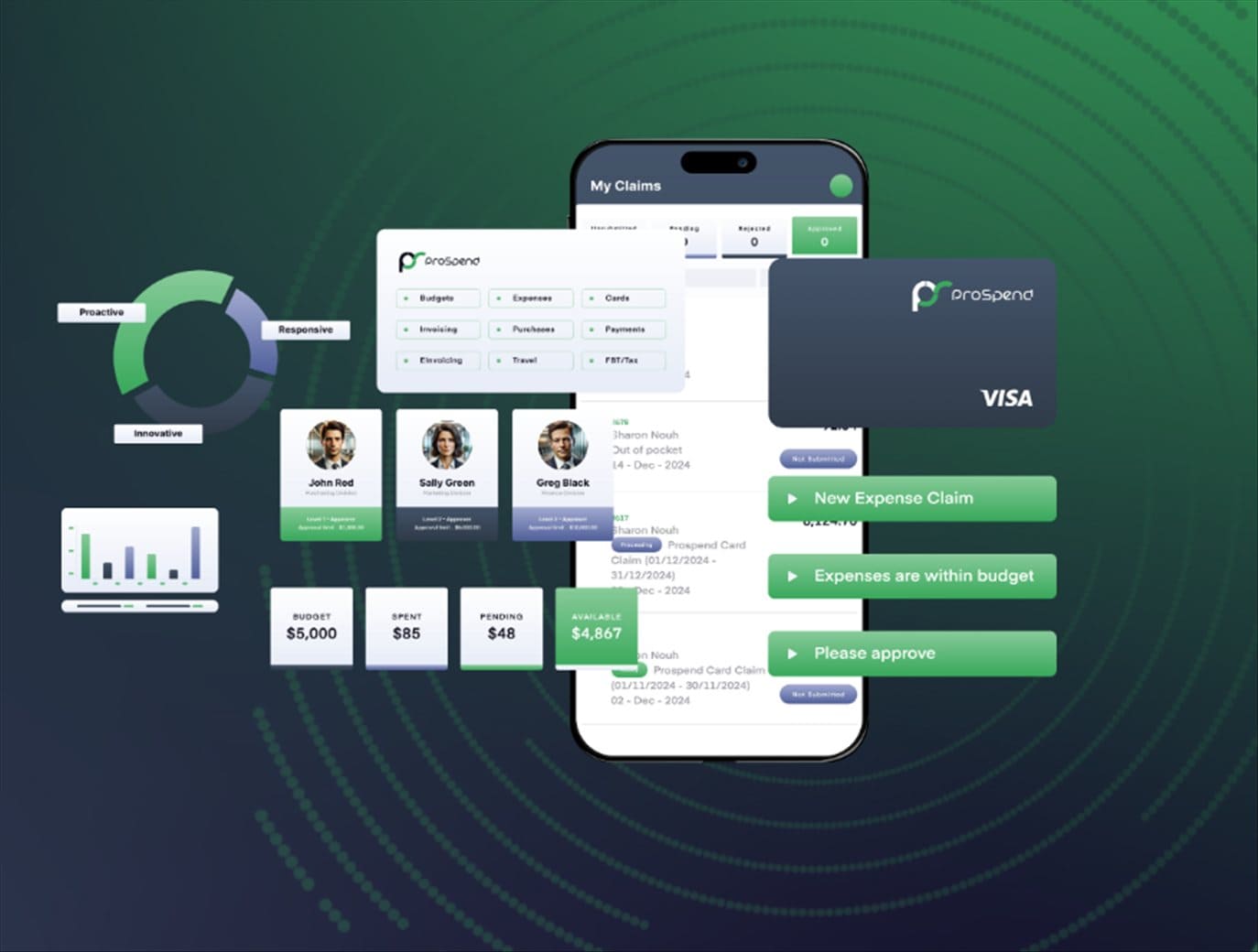
Note: This is a guest post written by Corey Williams – The digital advertising landscape is evolving at a rapid pace, with programmatic advertising predicted to claim a staggering 81% of digital ad revenue by 2027, according to Statista. Moreover, the white-label ad exchange solution industry is poised for remarkable growth, projected to surge by 38% over the next five years. Spearheading this transformation are white-label ad exchange platforms like Smart Hub, revolutionizing how publishers and advertisers create and manage ad marketplaces effortlessly, while outsourcing the technical complexities.
However, in this dynamic industry, technical proficiency alone is insufficient. Building trust and fostering loyalty among partners and customers is equally vital. Enter the law of reciprocity, which posits that people tend to reciprocate the kindnesses they receive. By providing value-added services, tailored experiences, and transparent data, you can demonstrate genuine concern for the needs and aspirations of your associates. This fosters stronger loyalty, satisfaction, and an increased likelihood of referrals. In this article, we delve into how white-label ad exchange platforms can harness the law of reciprocity to fortify relationships with partners and customers.
1. Value-Added Services
Enhancing the Core: Value-Added Services that Leave a Mark
Imagine you’re dealing with a publisher using a white label ad exchange platform. To gain credibility, you must offer more than just a basic service to your advertisers. You should give them extra services that improve their outcomes and satisfaction. For example, custom reporting and analytics. This means you can tailor reports to showcase the specific metrics that matter most to your advertisers, such as click-through rates or ROI. By doing so, you not only make lives easier for partners, but also show that you’re committed to their success.
To create good extra services, you need to know what your partners and customers want and need. You can ask them through surveys or interviews. Then, you can use their feedback to make your extra services better and more attractive.
Value-added services enhance the core offering and are the cornerstone of long-term partnerships. They differentiate your platform, heighten satisfaction, and cultivate loyalty. To harness their potential:
- Customized Reporting and Analytics: Tailor insights to your partners’ and customers’ preferences. Offer detailed reports, digestible dashboards, and real-time data access.
- Dedicated Account Management and Support: Assign dedicated experts to offer personalized assistance, guiding partners through challenges and opportunities.
- Flexible Payment Options and Terms: Empower partners and customers to choose payment structures that align with their needs, fostering financial ease and trust.
- Exclusive Access to Premium Inventory and Demand: Reward loyalty with exclusive access to premium ad inventory and high-demand opportunities.
- Training and Education Resources: Equip partners and customers with the knowledge to maximize their ad exchange potential through webinars, tutorials, and documentation.
Remember, understanding their unique needs and preferences is paramount. Effective communication of the value proposition, consistent monitoring, and a commitment to adapt and improve will solidify your position as a provider of indispensable value.
2. Personalized Experiences
Forging Bonds through Tailored Engagement
Let’s say you’re an advertiser using a white label ad exchange platform. With personalized recommendations and offers, you can create ad campaigns that resonate with individual users. For instance, if a user frequently visits sports websites, you can serve them sports-related ads, increasing the likelihood of engagement and conversions. By customizing interactions to individual traits and tastes, you foster engagement, trust, and, ultimately, loyalty. Here’s how:
- Customized User Interface and Design: Craft user interfaces that adapt to user’s preferences, offering a familiar and enjoyable experience.
- Personalized Recommendations and Offers: Leverage data to curate content, offers, and ads that resonate with each user’s unique interests and behaviors.
- Targeted and Relevant Ads: Optimize ad targeting, ensuring users encounter ads that genuinely interest them.
- Interactive and Immersive Formats: Implement interactive and immersive ad formats that captivate users, enhancing their overall experience.
- A/B Testing for Continuous Improvement: Continuously A/B test different versions of your user interfaces, recommendations, and ad formats to see what resonates best with your audience. Use the results to continuously optimize your personalized experiences.
For instance, Smart Hub excels in providing customized reporting and analytics tailored to individual partners’ and customers’ preferences. This commitment to personalized solutions has earned this AdTech platform a reputation for going above and beyond in ensuring the success of its clients.
Personalized experiences offer a number of benefits, including:
- Increased engagement and conversions. By targeting users with ads and content that are relevant to their interests, you can increase the likelihood that they will engage with your brand and convert into customers.
- Enhanced brand loyalty. By demonstrating that you understand and care about your customers’ individual needs, you can build stronger relationships and foster loyalty.
- Improved customer satisfaction. Personalized experiences can help you create more positive customer experiences, as users are more likely to be satisfied with content and ads that are tailored to their interests.
Creating personalized experiences necessitates data collection and analysis. Segmentation based on users’ characteristics and needs will guide your efforts. Continuous testing and optimization of variations are essential, all while respecting user privacy and consent.
3. Transparent Data
Building Trust Brick by Brick
Transparency in data sharing can go a long way in building trust. Consider a scenario where you share detailed metrics with your partners. By providing them with clear and real-time data on ad performance, you not only demonstrate transparency but also enable them to make data-driven decisions to improve their ad campaigns. To achieve transparency:
- Detailed Metrics: Offer comprehensive data on ad impressions, clicks, conversions, and other crucial metrics, ensuring partners and customers have a clear view of their performance.
- Ad Inventory Information: Provide clear details on ad inventory sources, quality, and pricing to build trust and avoid unwelcome surprises.
- Data Collection Policies: Be honest about data collection, usage, and protection policies. Clear communication builds trust and safeguards privacy.
- Third-Party Verification: Seek independent verification and certification by reputable third-party agencies to assure partners and customers of your commitment to transparency.
In data sharing, clarity is vital. Use plain language and visuals (charts, graphs, dashboards) for clear a presentation. Providing raw data or APIs for deeper analysis builds trust. Masha Komnenic stresses transparency, advocating a culture of respect for consumer data.
Bottom line
White label ad exchange platforms are more than just tools; they’re architects of enduring relationships and steadfast loyalty. Guided by the law of reciprocity, we recognize the significance of giving first. Through value-added services, personalized experiences, and transparent data sharing, we cultivate trust and mutual benefit. In a rapidly evolving landscape, these platforms are the key to lasting connections and success. Embrace them, and let your story in the digital advertising world begin.






